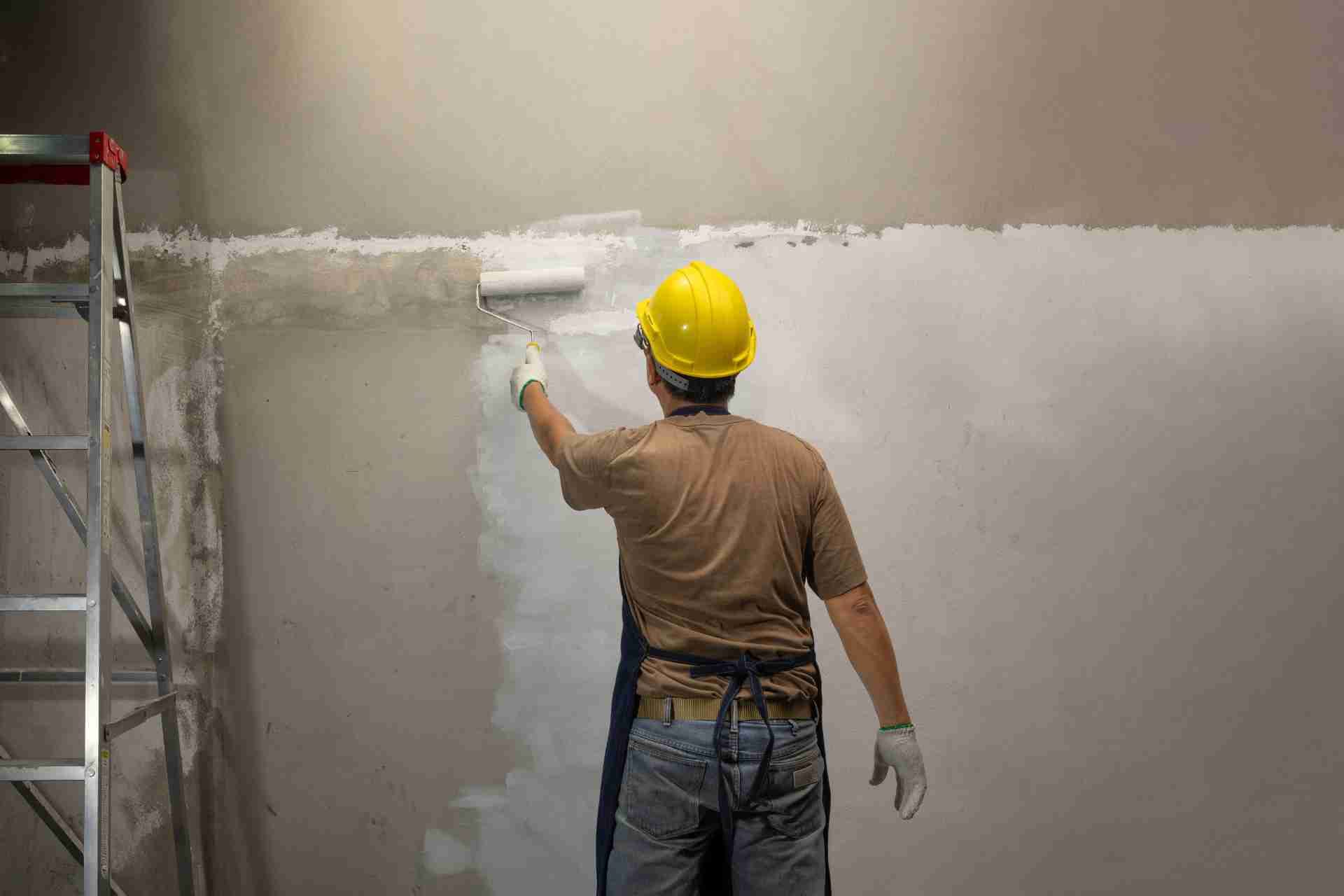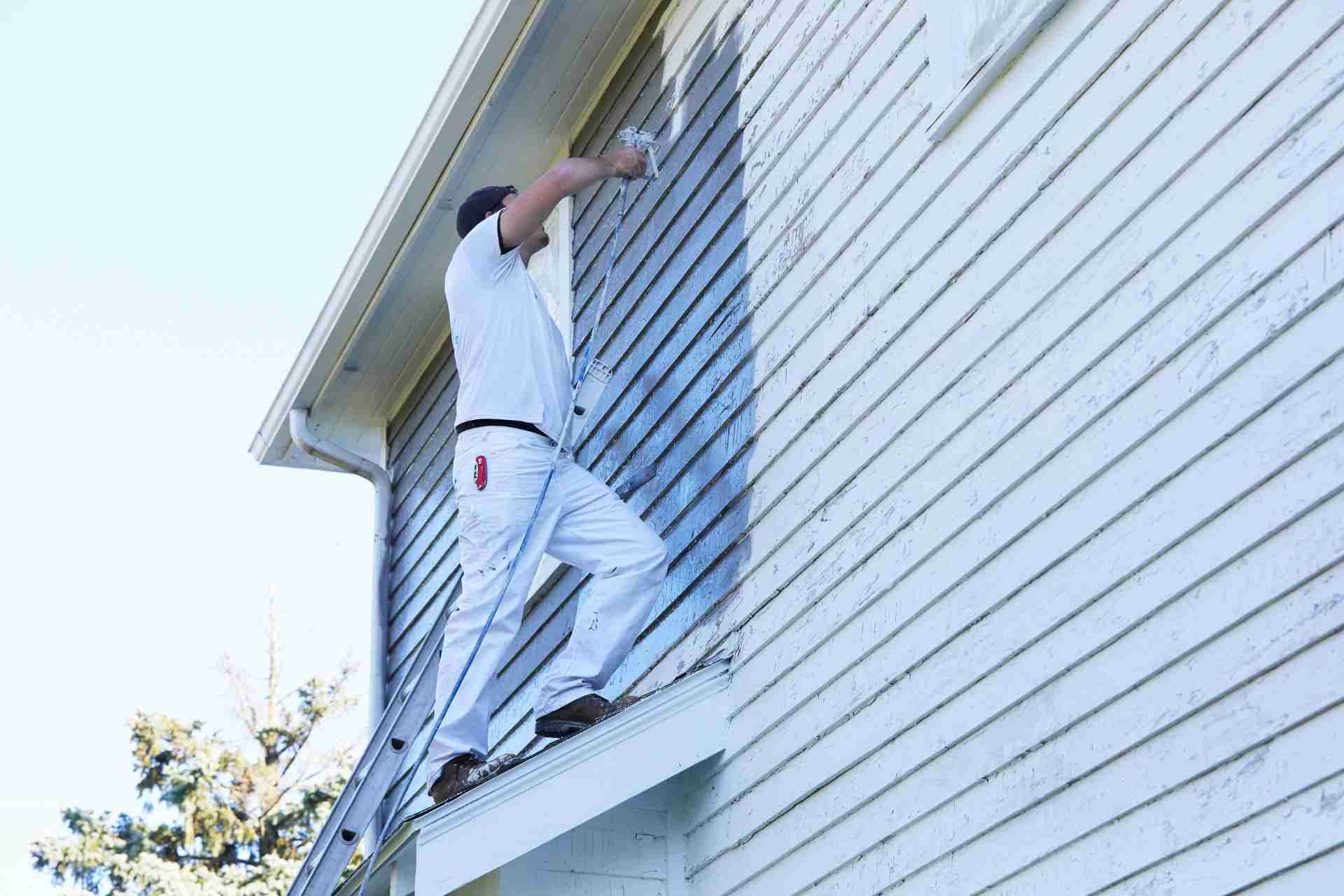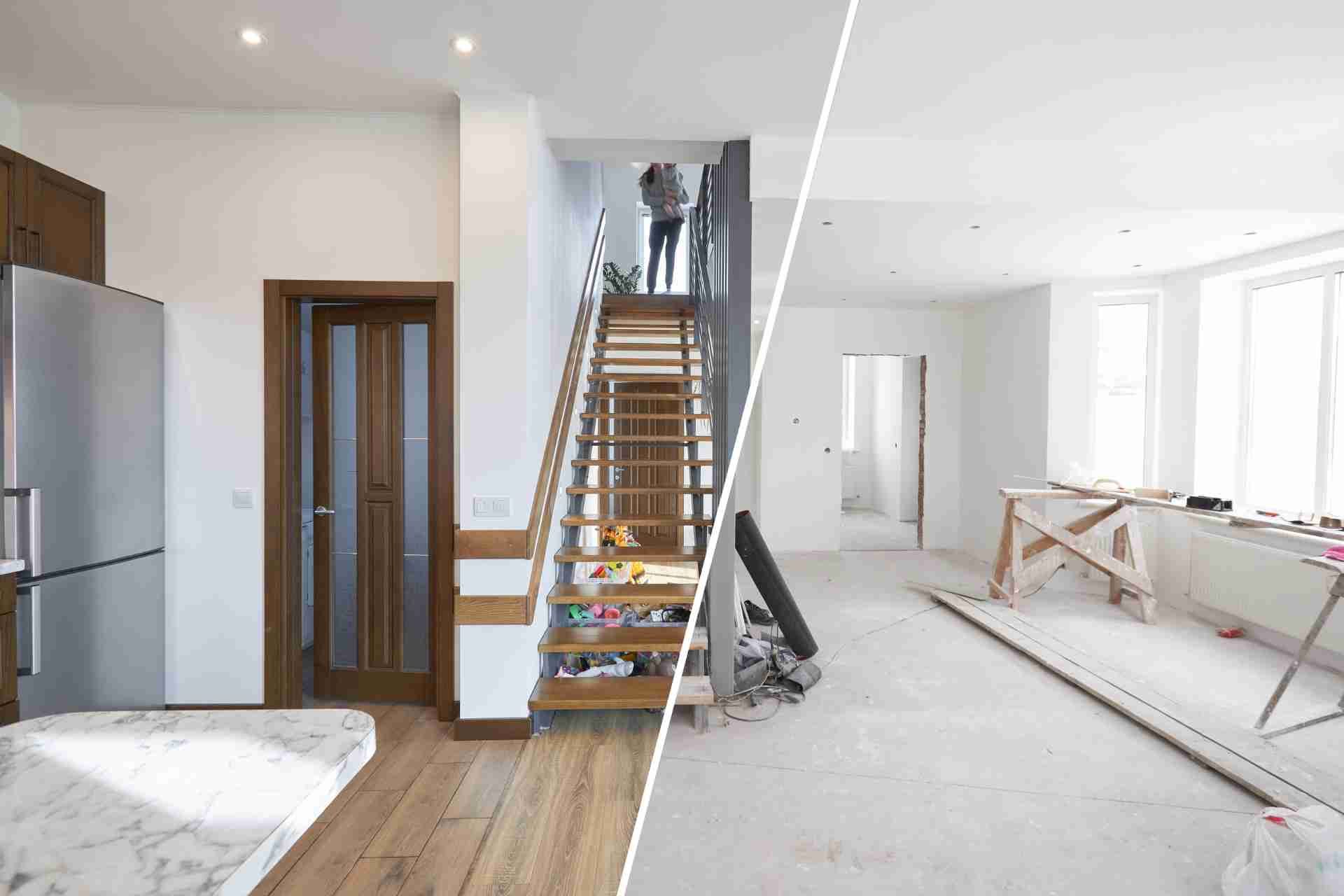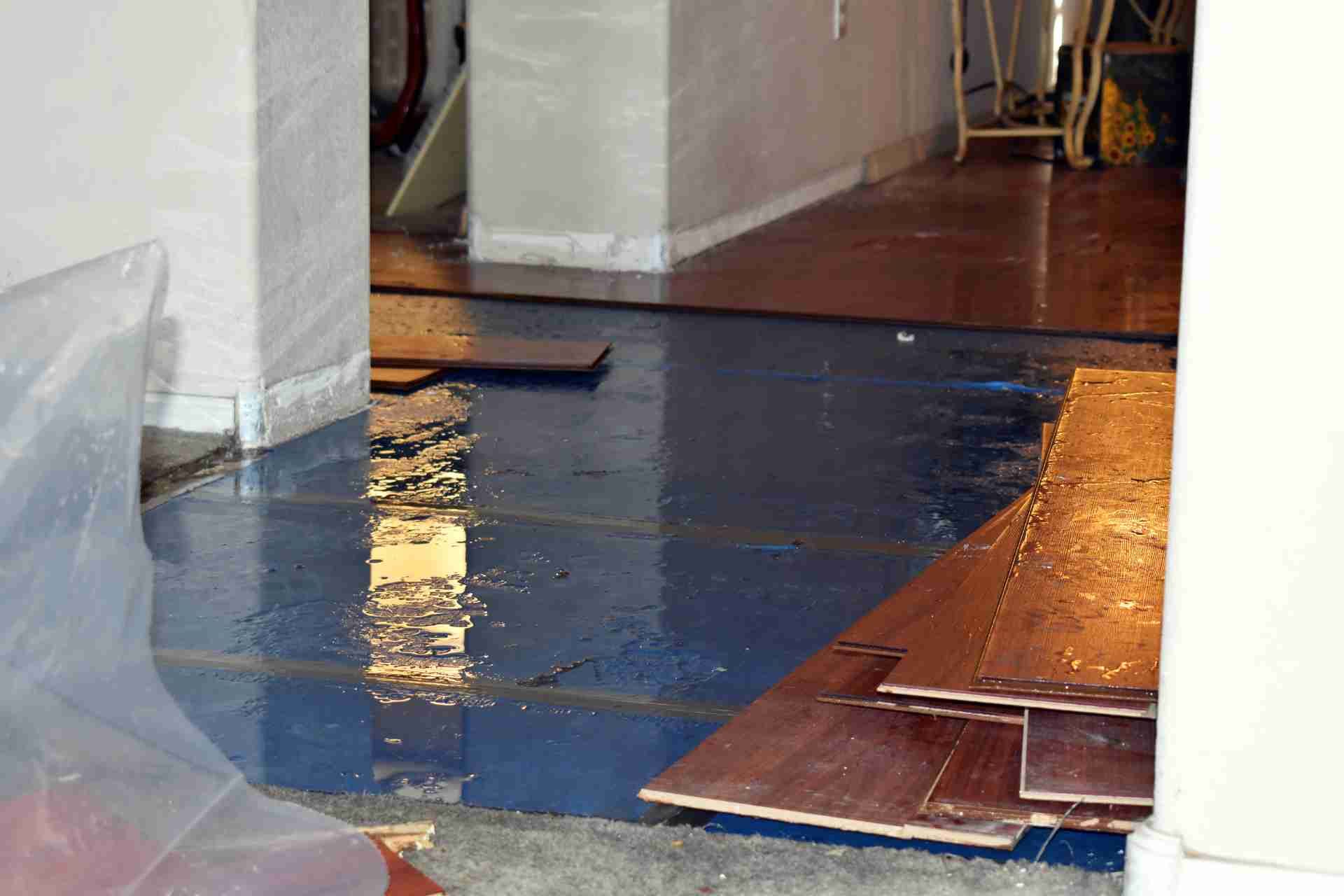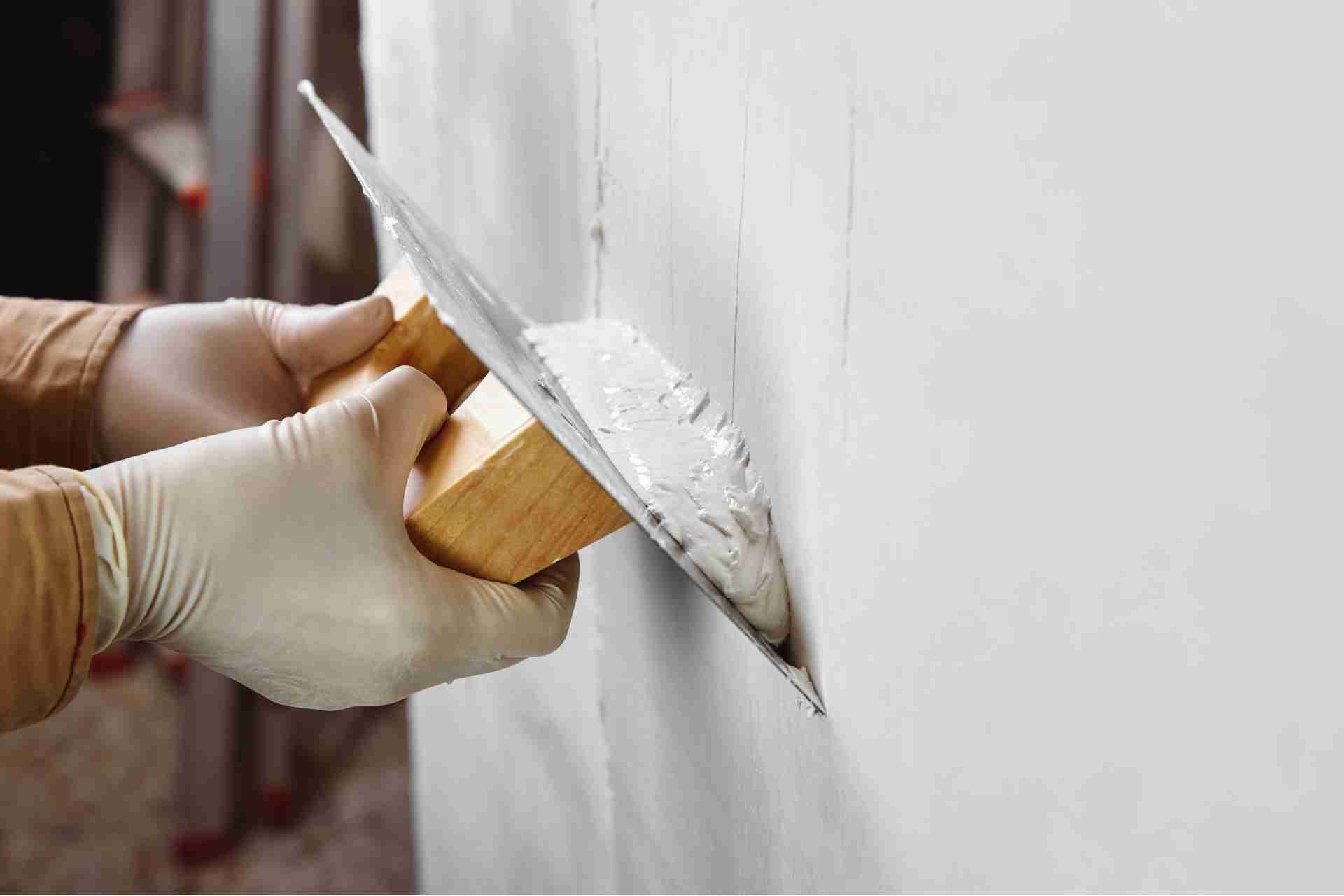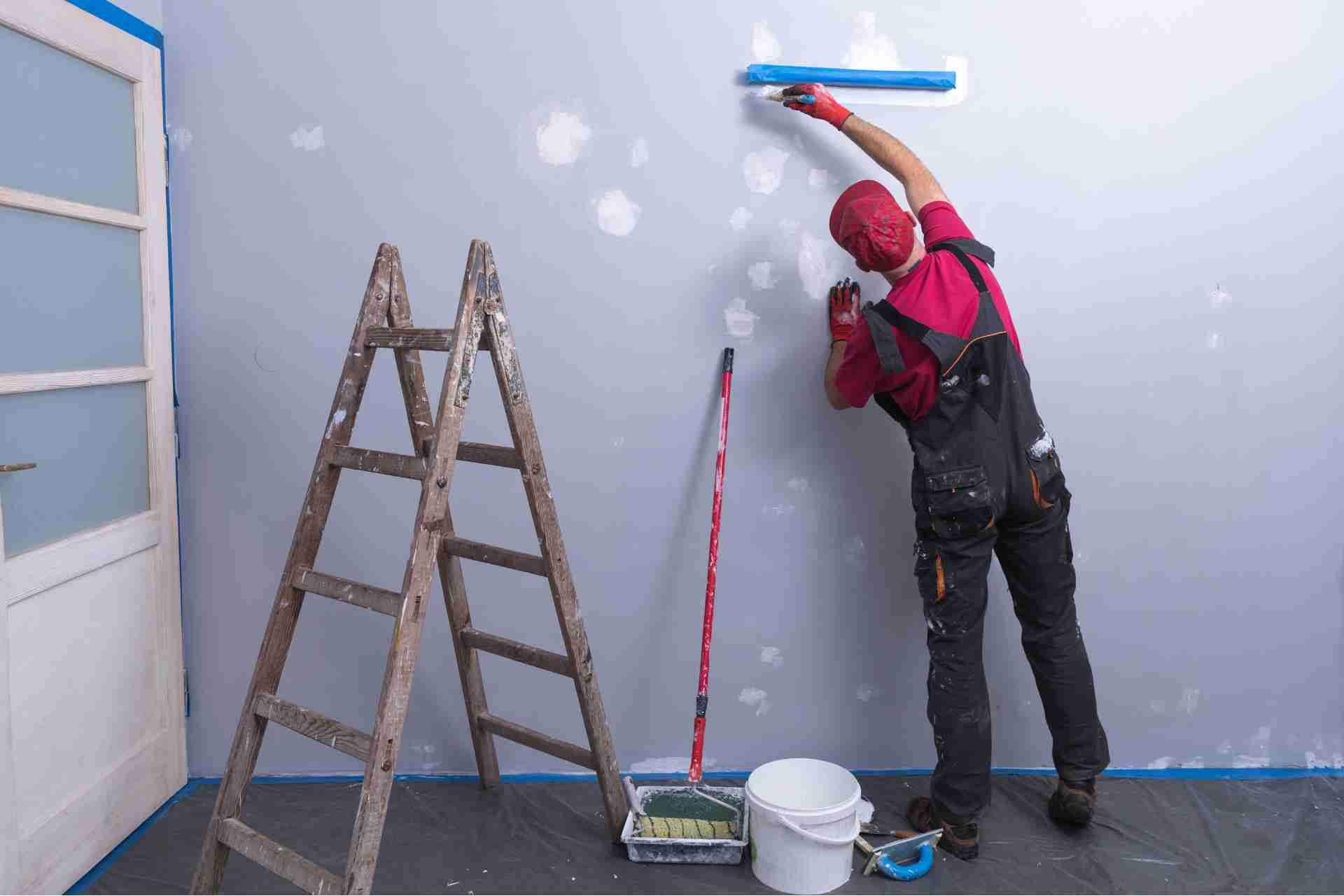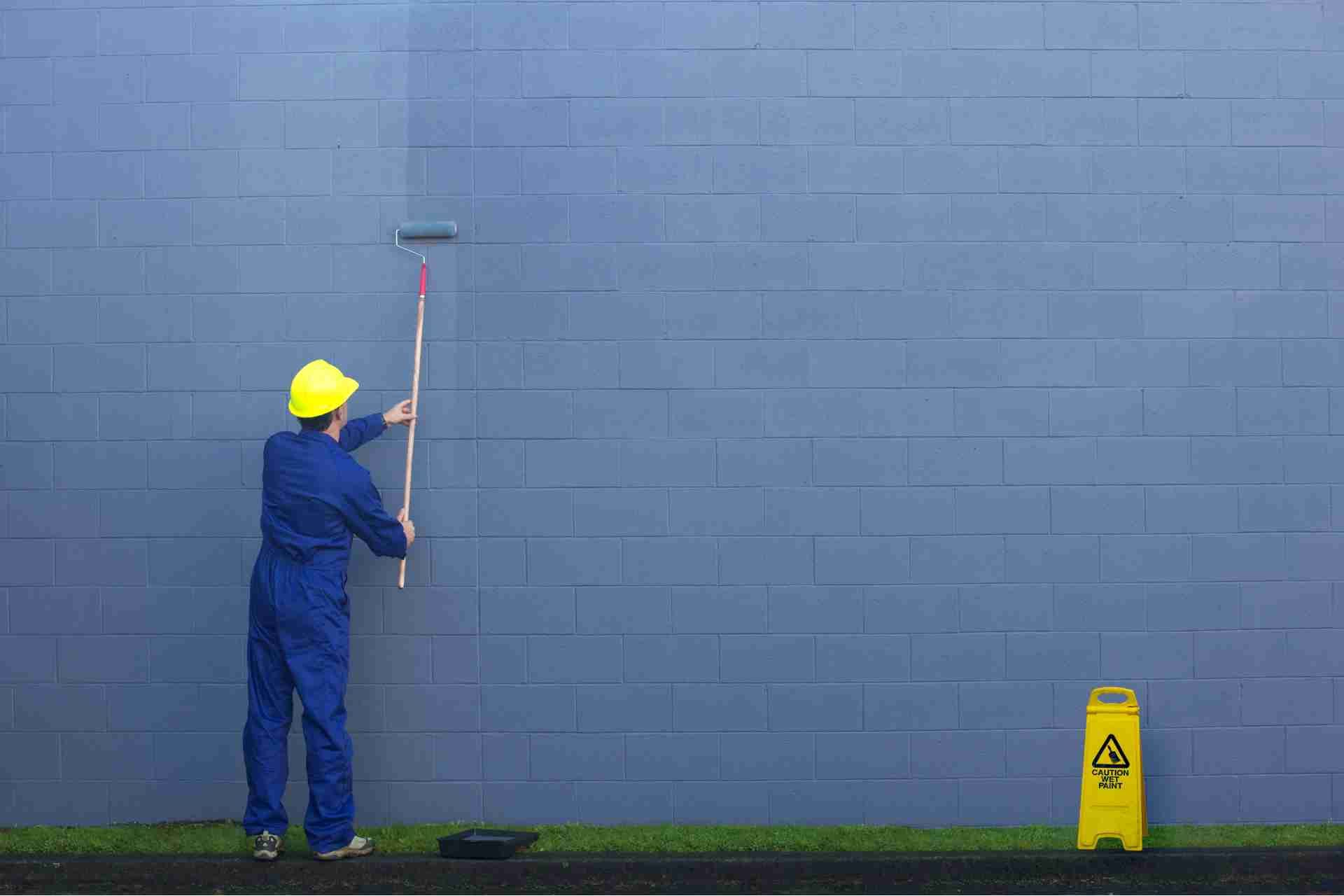Different Wood Staining Techniques to Know
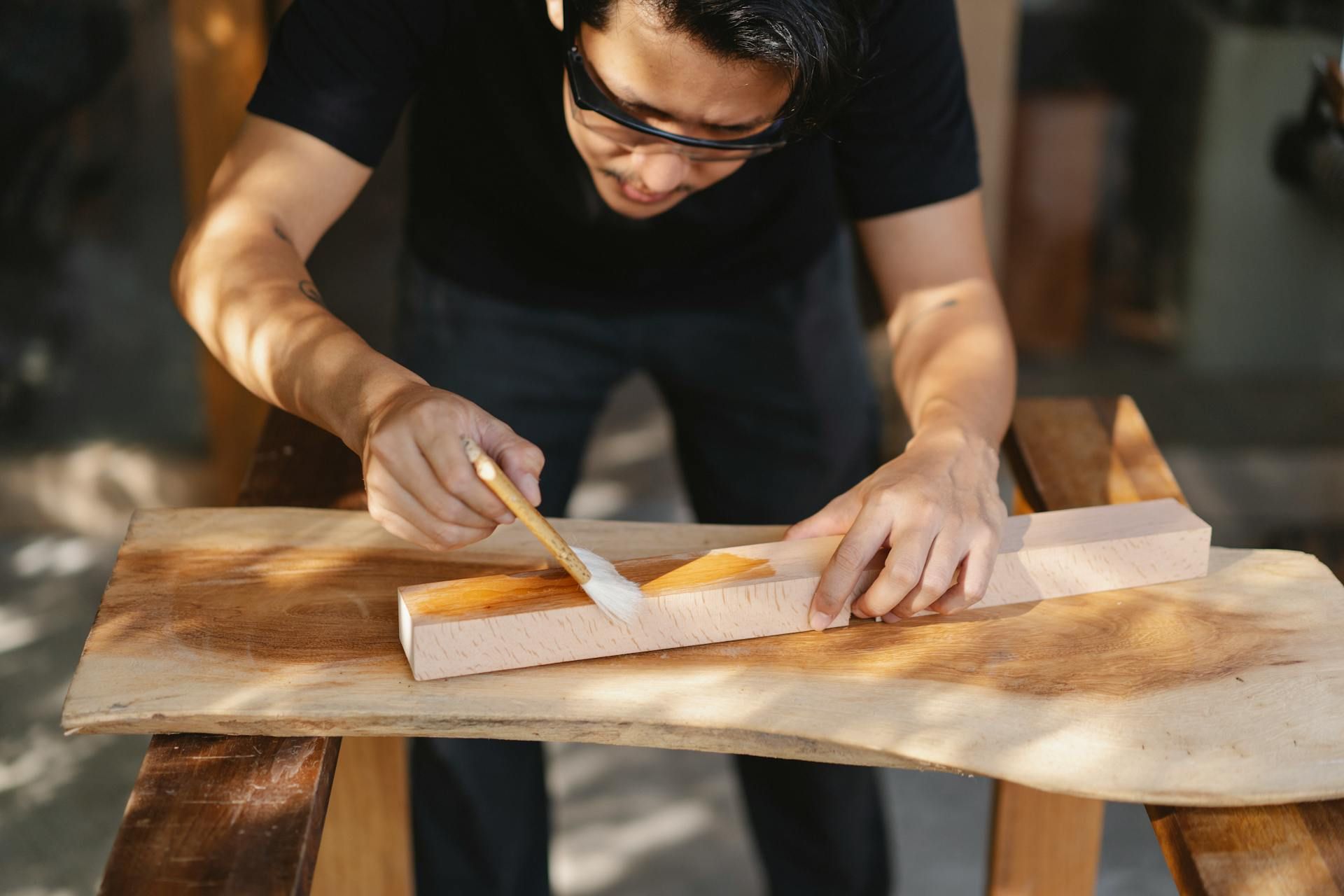
If you've ever wondered how to achieve a deep, rich color on your wood project, exploring wiping stains might just be the solution you've been looking for.
Wood staining is a great way to enhance the natural beauty of wood and add color and depth to your projects. There are many different wood staining techniques that you can use to achieve different effects, from traditional stains to more creative and unique methods.
Understanding these different approaches can open up a world of creative options for your next woodworking project.
Let's discuss some different wood staining techniques to know.
Traditional Staining
Staining wood is a time-honored method of enhancing and protecting its natural beauty. Traditional staining techniques have been used for centuries to add depth, color, and richness to wood surfaces. Whether you're refinishing an antique piece of furniture or adding a touch of elegance to your home, traditional staining can give your wood a gorgeous finish that will last for years.
Oil-based staining
Oil-based stains penetrate deep into the wood, bringing out its natural grain patterns and characteristics. These stains are available in a wide range of colors, from light to dark, allowing you to create the perfect look for your project. Oil-based stains also provide protection against moisture, heat, and other environmental factors, making them a durable choice for all types of wood surfaces.
Gel staining
Gel stains have a thicker consistency than oil-based stains, making them ideal for vertical surfaces and intricate woodwork. Gel stains are easy to apply and provide excellent coverage, making them a great choice for beginners and experienced woodworkers alike. They also come in a variety of colors and finishes, allowing you to achieve the exact look you desire for your project.
Two-Tone Staining
Two-tone staining is a trend in interior design that involves using two different colors or tones of stain on wood to create a unique and eye-catching finish. This technique can be used on furniture, cabinets, doors, and other wooden surfaces to add depth and dimension to a space.
Two-tone staining allows you to customize the look of your wood pieces to match your style and decor. Whether you prefer a rustic farmhouse look with a dark base and light top coat, or a modern aesthetic with complementary or contrasting hues, two-tone staining gives you the flexibility to create a one-of-a-kind finish.
Wiping Stains
When applying wiping stains, ensure you're using a clean cloth for a smooth and even finish. This is crucial to avoid any unwanted streaks or blotches on your wood surface. The way you apply the stain can greatly affect the final result.
Experimenting with different techniques like ragging effects can create unique textures and patterns. By gently twisting and dragging a rag over the wet stain, you can achieve a beautiful marbled effect that adds depth to the wood.
Layering colors is another technique that can enhance the richness of your wood stain. Start with a base coat and allow it to dry completely before adding additional layers of different colored stains. This method allows you to blend colors and create custom shades that complement your woodwork.
Remember to always test your color combinations on a scrap piece of wood to ensure they achieve the desired look before applying them to your project.
Bleaching Techniques
To achieve a weathered look on your wood surface, consider employing bleaching techniques to lighten the natural color of the wood. Bleaching effects can help you achieve a sun-bleached or driftwood appearance, perfect for creating a rustic or coastal vibe in your space. This technique is also commonly used in wood restoration projects to remove stains, even out color variations, or revive old wood surfaces.
When using bleaching techniques, it's essential to follow the instructions carefully to avoid damaging the wood. There are two main types of wood bleach: chlorine bleach and oxalic acid. Chlorine bleach is effective for removing mildew stains and lightening wood, while oxalic acid is best for removing water stains and dark discolorations.
Before bleaching, ensure the wood is clean and sanded smoothly. Apply the bleach evenly with a brush or cloth, following the wood grain. After the desired lightness is achieved, neutralize the bleach with water, let the wood dry, and finish with a protective coating. Bleaching techniques offer a versatile way to transform wood surfaces and breathe new life into your furniture or decor pieces.
Pickling and Whitewashing
Consider pickling and whitewashing techniques as a creative way to lighten and add a subtle, aged finish to your wood surfaces. Pickling involves applying a white or light-colored stain that seeps into the wood, enhancing the grain's appearance while still allowing it to peek through. This technique is different from traditional staining, where the color fully saturates the wood.
Whitewashing, on the other hand, creates a soft, almost transparent effect by diluting paint or using a specialized pickling solution. It gives a lovely, weathered look that can be tailored to suit your desired level of opacity.
When comparing pickling to staining, pickling tends to create a more muted and faded look, perfect for achieving that rustic farmhouse aesthetic. In contrast, staining generally provides a richer and more vibrant color to the wood.
Whitewashing effects vary based on the wood type and technique used, but they often result in a lovely, airy feel that can brighten up a space. Experimenting with pickling and whitewashing can bring a unique charm to your woodworking projects.
Dry brushing
Dry brushing is a technique commonly used in the world of woodworking to achieve a rustic, weathered look on wood surfaces. This technique involves lightly brushing a dry paintbrush or rag over a piece of wood to highlight its texture and grain, while leaving some of the natural wood exposed.
Dry brushing in wood is a versatile technique that can be used on a variety of woodworking projects, from furniture to picture frames to decorative accents. It's a simple and inexpensive way to add character and depth to your wood pieces, and is perfect for creating a distressed or aged look.
Stencil and resist techniques
Stencils are a popular tool in many artistic mediums, including woodworking. They allow for precise and repeatable designs to be transferred onto a surface with ease. In woodworking, stencils can be made from a variety of materials, such as paper, cardboard, or even plastic. Once a stencil is created, it can be laid on top of a piece of wood and the desired design can be traced or painted over, leaving a clean and crisp pattern behind.
Resist techniques involve using a material that resists paint or other finishes, creating a barrier between the surface of the wood and the finishing product. This can be achieved through various means, such as applying wax or tape to the wood before painting or staining. The resist material creates a barrier that prevents the finishing product from adhering to the wood in certain areas, resulting in a unique and visually appealing design.
Combining stencils and resist techniques can result in intricate and complex designs on wood that would be difficult to achieve through traditional means. By using stencils to create a base pattern and incorporating resist techniques to add depth and texture, woodworkers can create one-of-a-kind pieces that truly stand out.
Shou Sugi Ban
Shou Sugi Ban, also known as Yakisugi, is a traditional Japanese technique of preserving and finishing wood by charring the surface. This ancient practice has been used for centuries in Japan to increase the durability and longevity of wooden structures, such as houses, fences, and decks.
The process of Shou Sugi Ban involves carefully burning the surface of the wood with a torch until it is charred. The charred layer is then brushed off, leaving behind a distinct texture and color. This technique not only protects the wood from rot, insects, and fire but also enhances its natural beauty.
By charring the wood, the need for chemical preservatives and sealants is eliminated, making it a sustainable and eco-friendly option for preserving wood. The charring process creates a natural barrier that helps to prevent moisture from penetrating the wood, reducing the risk of decay and extending the lifespan of the structure.
The charred wood has a rich, deep color that varies depending on the type of wood and the intensity of the burn. The texture of the charred surface adds depth and dimension to the wood, creating a visually interesting and modern look.
Antiquing
Antiquing wood is a great way to add character and charm to your furniture or home décor pieces. By giving your wood a weathered and aged look, you can create a vintage, rustic feel that adds depth and interest to any space.
One popular method is using a combination of stain and paint to create a layered effect. Start by applying a coat of stain to the wood, allowing it to soak in and dry completely. Next, add a layer of paint in a contrasting color, such as white or grey. Once the paint is dry, gently sand the piece to allow the underlying stain to show through, creating a distressed look.
Another technique for antiquing wood is to use a glaze or antiquing wax. These products can be applied over a finished piece of wood to create an aged patina. Simply brush the glaze or wax onto the wood, then wipe away the excess with a clean cloth. The product will settle into the grain of the wood, highlighting its natural textures and creating a beautifully aged finish.
Ombre Staining
Ombre staining involves staining a piece of wood furniture with different shades of stain to create a gradient effect, similar to the ombre hair trend that has been popular in fashion and beauty.
Ombre staining can add depth and dimension to a piece of furniture, creating a unique and eye-catching look. Whether you want to add a subtle touch of color to a plain piece of furniture or make a bold statement with a vibrant gradient, ombre staining is a versatile technique that can be customized to suit any style.
Ombre staining is a fun and creative way to update and personalize your furniture, giving it a custom look that reflects your unique style. Whether you're working with a simple side table or a more complex piece like a dresser or bookshelf, ombre staining can transform your furniture into a one-of-a-kind statement piece that will make a bold impression in any room.

